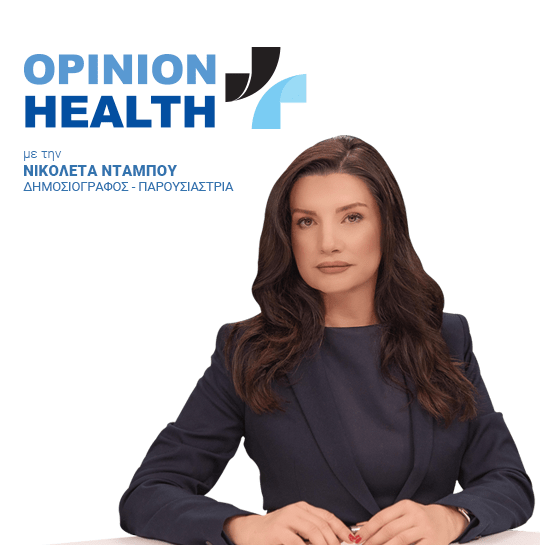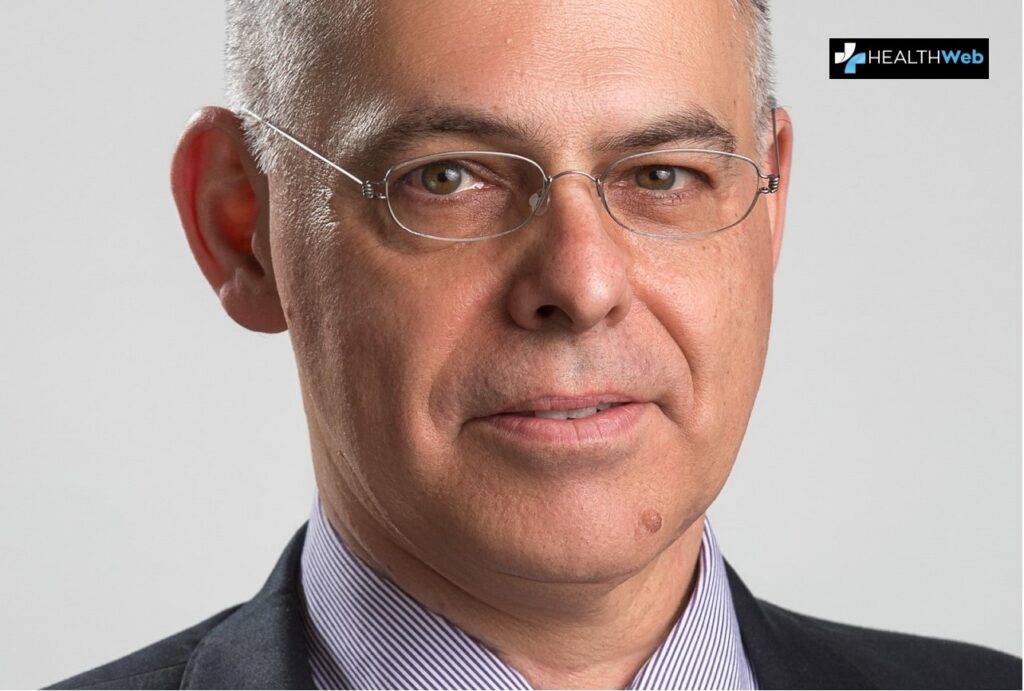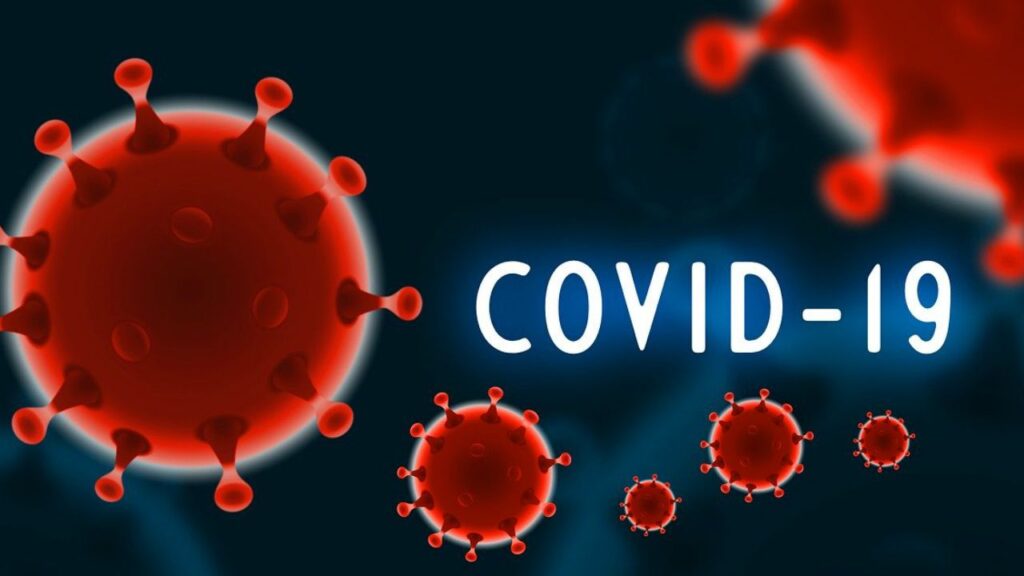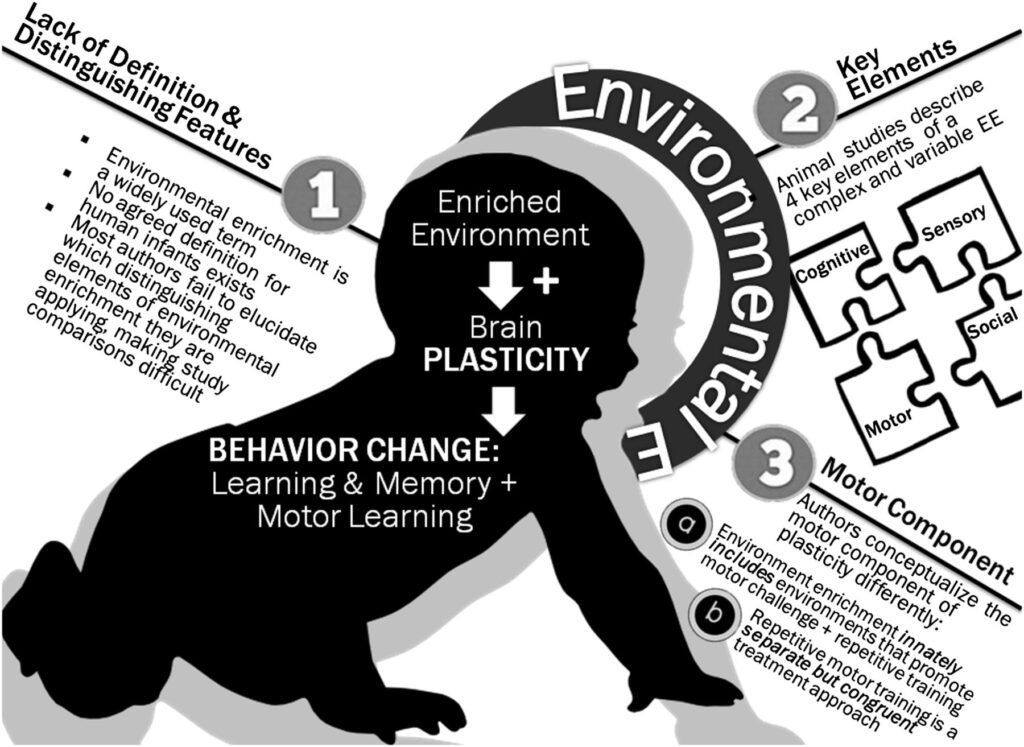Editor’s note: This is part of a series about bankruptcy in the biopharma industry. Click here for the main piece, about how threats facing the industry could lead to more filings, and click here to see 31 biopharmas at high risk of bankruptcy for 2020.
Eleven biopharmas have filed for bankruptcy so far this year, including Purdue Pharma, Achaogen and Pernix Therapeutics.
While Chapter 11 filings are rare in the biotech and pharma industries, more drugmakers have this year fallen to zero than in any year since at least 2011.
Legal liabilities have loomed large, with several drugmakers feeling the weight of thousands of opioids lawsuits. Purdue Pharma and Insys Therapeutics have both declared bankruptcy, while multiple other opioid drugmakers remain at risk.
Antibiotics makers Achaogen and Aradigm, meanwhile, struggled mightily in 2019. Even with the recent FDA approval, Achaogen hit commercial roadblocks that forced it under — further evidence of what some have termed a market failure for antimicrobial drugs.
Aegerion was nearly a turnaround story.
When Marc Beer took over as CEO in 2010, the company was almost insolvent. While Beer led the company to win U.S. approval for Juxtapid, the cholesterol drug failed to meet sales expectations. Beer later resigned in the face of controversy as the activist hedge fund Sarissa Capital Management got involved.
Aegerion became a subsidiary of Novelion Therapeutics after it merged with QLT in 2016. Two years later, a federal judge ordered Aegerion pay $40 million for illegally marketing Juxtapid.
In November 2018, Aegerion took out a loan of more than $70 million from Highbridge Capital Management and Athyrium Capital Management. At the same time the company had hired advisors, including AlixPartners, to review its capital structure. The company would go under just a few months later in May.
In September, Amryt Pharma bought Aegerion with approval from the bankruptcy court. Novelion, the parent company, will “cease to have any ongoing business operations or sources of revenue” given the Amryt deal.
Achaogen
Achaogen’s bankruptcy speaks to the larger challenges facing would-be antibiotics marketers. Even as antimicrobial resistance has emerged as a leading public health threat, drugmakers both big and small have exited the space due to unfavorable financial prospects.
Achaogen’s misstep was betting its future on a market it hoped would develop for its antibiotic Zemdri, approved by the Food and Drug Administration in June 2018. The company entered bankruptcy less than a year later despite multiple reductions to its workforce and R&D ambitions.
This July, the World Health Organization added Zemdri to its list of essential new medicines. The fact that its maker couldn’t stay in business raised alarms for some that innovation might wither without boosted benefits for antibiotic developers.
“Unless you take on the challenge in totality, you are going to fail,” said Mark Feinberg, CEO of the nonprofit International AIDS Vaccine Initiative, on a recent panel discussion on antibiotics. “We’ve seen this with the Achaogen example. They developed a product that addresses an important need and they went out of business.”
“Companies do want to address public health needs,” he added. “They just need a viable pathway to do it.”
Aradigm
The Hayward, California-based biotech survived for nearly three decades before filing for bankruptcy this year.
Over the past decade, Aradigm bet on its respiratory drug delivery system for an antibiotic to treat certain types of chronic lung infections. But the FDA rejected the drug on Jan. 29, 2018 and requested the company run an additional two-year Phase 3 study — a tall task for Aradigm, which had just finished the last fiscal year with $7.1 million in cash and equivalents.
In February 2018, the board took temporary measures to extend the small amount of cash it still had, including cutting in half the salaries of some executive officers. Just two days following that board decision, the CEO, CFO and CMO resigned.
While Aradigm was able to ride the ups and downs of drug development before, tackling the antibiotic market in 2019 proved too large a challenge.
Avadel Specialty Pharmaceuticals
Avadel Specialty Pharma was a subsidiary of Ireland-based Avadel Pharmaceuticals. The unit was tasked with selling Noctiva, which launched in March 2018 as the first FDA-approved treatment for nighttime urine overproduction.
The drug flopped, posting only $1.2 million in 2018 sales and leading Avadel to put its subsidiary into bankruptcy as part of a larger corporate restructuring. Its parent company focused its resources on completing a Phase 3 trial of FT218, a treatment for cataplexy and excessive daytime sleepiness in patients with narcolepsy.
The company stated in regulatory filings that the bankruptcy route would allow for a quick and efficient exit from commercializing Noctiva.
In April, the bankruptcy court approved the sale to a third party of the subsidiary’s assets.
Immune Pharmaceuticals
The biotech was developing a treatment for a rare skin condition called bullous pemphigoid, but exhausted its capital and was unable to raise more.
Similar to many troubled drug developers, Immune trimmed its workforce to concentrate on its lead asset in April 2017, while also conducting a reverse stock split to boost its share price.
By the end of 2017, the company openly acknowledged its limited liquidity, reporting only about $7 million in cash and equivalents. The lack of sufficient capital led the board to bail in April 2018 on a previous plan to spin off Cytovia, its cancer-focused subsidiary.
By 2019, the company had exhausted its funding sources and couldn’t advance its lead program to Phase 3 testing, announcing its Chapter 11 plans in February.
Insys Therapeutics
Insys went public in May 2013 selling Subsys, a fentanyl spray. The marketing tactics that helped grow the company’s revenue also led to its end, with Justice Department investigations and criminal court cases against its executives.
In May, founder John Kapoor and four other former Insys executives were convicted by a federal jury for boosting Subsys prescriptions by bribing doctors. And just days after the company reached a $225 million with the DOJ, Insys filed for bankruptcy protection.
In a September update, the company said it faces more than $4 billion in claims from 8,000-plus filings, and warned it may not be able to pay the DOJ settlement in full.
Mabvax Therapeutics
The San Diego cancer biotech went public in 2014 through a reverse merger with a Telik, a troubled biopharma. But within a few years, Mabvax found itself in a similarly precarious position.
The company spent several years on life support, forced to artificially boost its share price through reverse stock splits in 2016 and 2018. Mabvax hired an investment bank in 2017 to help find a buyer or sell off any assets, but nothing was enough to prevent the Nasdaq from delisting the biotech in July 2018.
In its bankruptcy filing, MabVax also said it struggled to raise capital due to its involvement in a “pump-and-dump” stock scam that also produced sizable legal bills for the company.
The German mRNA drug developer BioNTech bought the company’s experimental cancer drugs along with most of its San Diego labs and resources in a May 2019 deal.
Novum Pharma
The infamous duo of Todd Smith and Ben Bove started Novum in 2014, with Smith serving as chairman and CEO while Bove was a company officer. As a Senate investigation from November 2018 laid out, Smith and Bove had previously developed a price-hiking strategy while working at Horizon Pharma, jacking up the list price for an arthritis treatment from $140 to over $1,000 in a few years.
The pair bought three skin gels for Novum to sell, raising the price of one of the therapies from $226 to $7,968. The public outcry to these tactics mounted in 2016, when the price hikes led CVS to kick Novum’s drugs from its formulary. The company blamed the prescription rejection rate from payers as a major reason for its bankruptcy filing.
Smith and Bove also implemented a similar pricing strategy as consultants for Kaleo, a private company that raised the price of its opioid overdose reversal auto-injector more than 600% in just a few years.
Pernix Therapeutics
Pernix sold a handful of controversial medicines, including the hydrocodone painkiller Zohydro and migraine treatment Treximet, a fixed-dose combination of two generic drugs.
The biopharma went public in 2010 through a reverse merger with a real estate firm focused on golf courses. Pernix acquired the commercial rights for Zohydro in a 2015 deal with Zogenix that was worth up to $383 million.
After adding about 100 sales representatives to that deal, the company struggled to meet sales expectations and went through rounds of layoffs in July 2016 and January 2018.
In May 2018, Arkansas named Pernix, along with dozens of other drugmakers, in a lawsuit over the marketing and sale of opioid pain medications.
Pernix found a quick exit in bankruptcy court. Just a few months after filing for Chapter 11, a judge approved a $76 million sale of essentially all the company’s assets to Highbridge Capital Management.
Purdue Pharma
Purdue is the industry’s largest bankruptcy of 2019, with the filing listing company assets exceeding $1 billion. But its legal liabilities have soared past that amount, forcing the business to seek Chapter 11 protection.
Raymond and Mortimer Sackler bought the business in 1952. Four decades later, the FDA approved OxyContinas a pain treatment, which the company grew it into a blockbuster drug through relentless marketing.
The now-infamous company first faced legal repercussions for its sales tactics in 2007. In federal court, the company and three executives pled guilty to criminal charges of misleading regulators, physicians and patients about the addictive risks of OxyContin. The company agreed to pay more than $630 million.
As the opioid epidemic in the U.S. worsened, a new wave of lawsuits arose in 2017, blaming the company for fueling the crisis.
In declaring Chapter 11, Purdue has pitched a plan to convert itself into a public trust while agreeing to a settlement worth more than $10 billion. That proposal faced pushback from some state attorneys general seeking more from the company and the Sackler family.
Sienna Biopharmaceuticals
Sienna went public in August 2017, raising $66 million. The dermatology-focused drugmaker was focused on developing topical therapies through two technology platforms.
In June 2018, the company agreed to a $30 million loan with Silicon Valley Bank. The next month, one of its therapies, a drug-device combination being developed as a treatment for acne, failed in pivotal testing.
While the company had advanced a psoriasis treatment called SNA-120 through Phase 2 testing, the biotech simply ran out of money to keep the lights on.
To no avail, the Westlake Village, California-based business hired Cowen & Co. to explore its financial options, including a sale, a month before declaring bankruptcy. Right before filing, the company paid $21.3 million to Silicon Valley Bank, leaving $10 million outstanding on the loan.
On Nov. 13, a bankruptcy court approved Sienna’s proposed bidding procedures for a Chapter 11 sale. That plan sets an auction for the company’s assets on Dec. 5 and a hearing to approve any sale on Dec. 10.
Ακολουθήστε το healthweb.gr στο Google News και μάθετε πρώτοι όλες τις ειδήσεις
Ακολουθήστε το healthweb.gr στο κανάλι μας στο YouTube




















